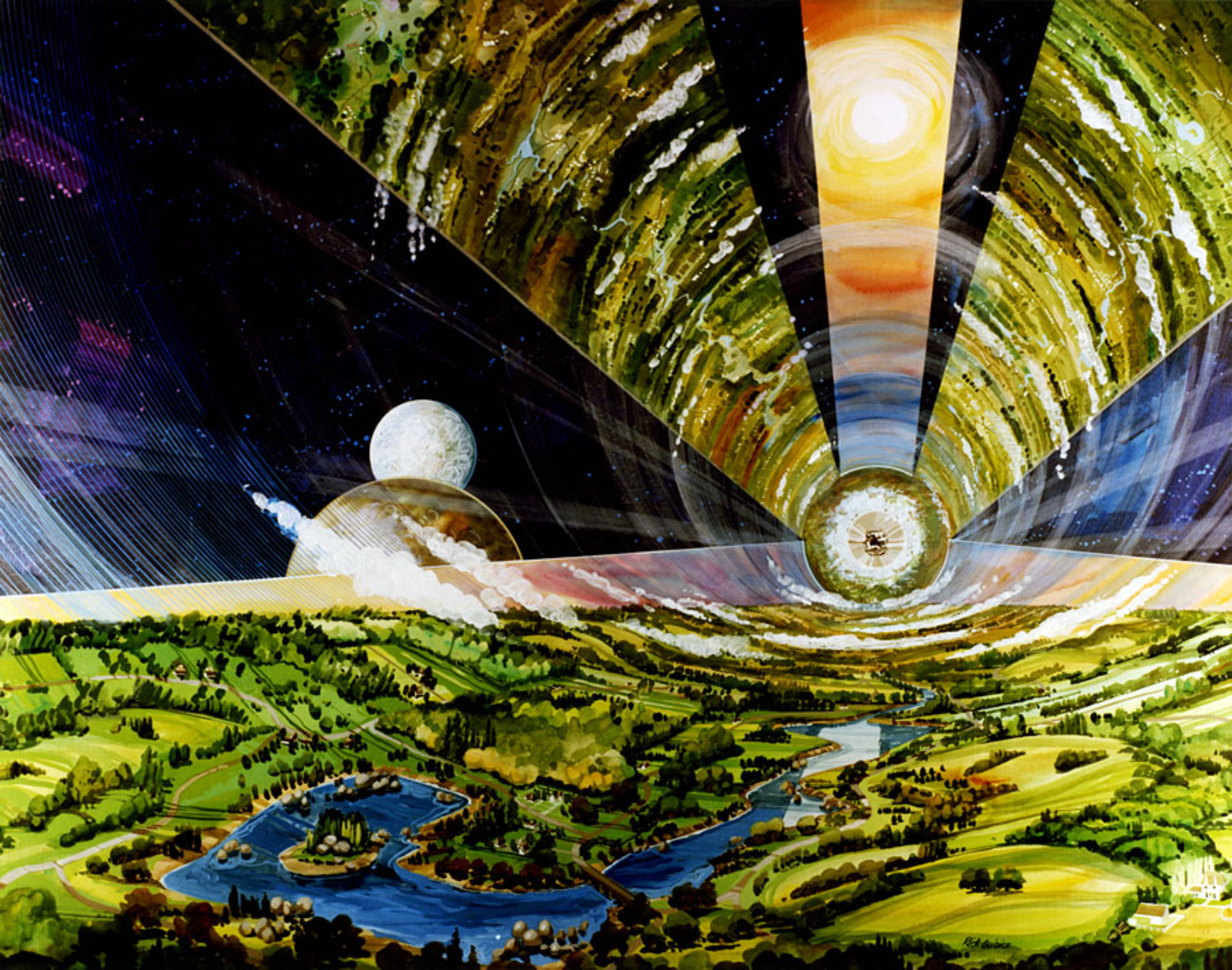
James Dewar believes it is time to reconsider the solid core nuclear thermal rocket, like what was developed in the 1960s under the NASA’s Nuclear Engine for Rocket Vehicle Application (NERVA) Project, as a high thrust cargo vehicle for opening up the solar system and for solving problems here on Earth. A tall order, as he explained in his appearance on The Space Show (TSS) October 26, because nuclear propulsion within the atmosphere and close to the Earth was taken off the table by NASA over 60 years ago and research on nuclear rockets was put on ice after 1973 until recently. Dewar worked on nuclear policy at the Atomic Energy Commission and its successor agencies, the Energy Research and Development Administration and the Department of Energy. He has documented his views in a paper linked on TSS blog.
What is old could be new again. NERVA had a very light high power solid core reactor with Uranium 235 fuel in a graphite matrix creating nuclear fission to heat hydrogen to produce rocket thrust. The specific impulse (efficiency in conversion of fuel to thrust) of the first iteration of NERVA was about 825 seconds, or almost twice that of chemical rockets. More efficient versions were on the drawing board. The compact design (35×52-inch core) lends itself to low development costs and would be inexpensive to fabricate and operate. It has the potential to lower launch costs significantly and research could pick up where it left off nearly 50 years ago.
So why is NASA announcing development of new nuclear thermal propulsion systems for missions to Mars in the distant future? The reactor cores like those used in Project NERVA are known technologies that can it be adapted for other useful applications and it can be done safely on Earth. There could be a large niche market for energy production in remote rural areas such as Alaska or Canada, or supplementing base load utilities during power disruptions due to severe weather events. With their high operating temperatures, these reactors can replace fossil fuel power generation for manufacturing industries that require process heat such as steel/aluminum or chemical production, which cannot be powered efficiently by wind or solar energy. There may also be a cost advantage and environmental benefit to replacing carbon based fuels for powering maritime oceangoing vessels.
“Even the Greens may support it…What if a reestablished program included making a nuclear propelled 1000-foot tanker sized skimmer to rid the oceans of plastic?”
Additionally, a nuclear reactor of this type could service manufacturing centers in both space and on Earth. It could inexpensively launch satellites and provide power for environmental and solar weather stations to monitor and protect Earth’s health. Dewar even thinks that the solid core nuclear reactor could be used to address the growing global problem of industrial waste by melting it down to its chemical constituents and then separating out commercially valuable components from the actual waste prior to permanent disposal. The low launch costs of the nuclear rocket may actually make disposal of waste off Earth economically feasible. Whole clean industries could spring up around these process centers. So this type of reactor could address many national goals and objectives rather than just crewed missions to Mars or deep space.
But what about the elephant in the room? Safety, radiation and fear of all things “nuclear”? Would the public support ground based testing if a NERVA type solid core nuclear thermal rocket program were restarted? Dewar covers this in detail in his book The Nuclear Rocket, Making Our Planet Green, Peaceful and Prosperous. As reported by the EPA in 1974, “…It is concluded that off-site exposures or doses from nuclear rocket engine tests at [the] NRDS [Nuclear Rocket Development Station] have been below applicable guides.”
What about regular launches of a nuclear rocket in the Earth’s atmosphere? First, the launch range proposed would be in an isolated ocean area over water to eliminate the possibility of failure or impact in populated regions. Second, the nuclear core would be enclosed in a reentry vehicle type cocoon for safe recovery in the event of an accident. Third, the nuclear engine is envisioned as an upper stage and would not be “turned on” until boosted high in the stratosphere, thus emission of gamma rays and neutrons from the fission reaction would not be any different then the radiation already impinging on our atmosphere from cosmic and solar radiation.
“…the best way to banish fear is for citizens to profit from the program.”
There is also the potential for the U.S. and its citizens to profit from this venture. Dewar suggests a governance framework for creating a public/private corporation in which the private sector is in charge, but leases assets from NASA and DOE. The government would support the venture via isolated testing sites, providing technical advice, supplying the uranium fuel and security to guard against potential nuclear proliferation. The public/private partnership would be set up to incentivize citizen participation through stock purchases and distribution of dividends in addition to providing jobs and funding the missions.
“Another source of funding would exist beyond the government or private billionaires: the public now has access”
Dewar concludes his paper with an inspirational statement: “…a new space program emerges based on science, not emotion, one that maximizes the technology for terrestrial applications, one that neuters the rocket equations and democratizes the space program, allowing citizens to participate and profit, and one that ever integrates Earth into the Solar System.”






